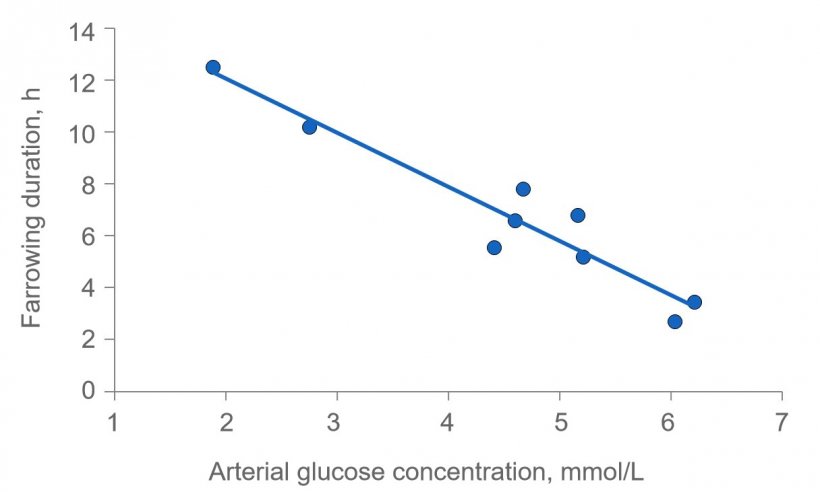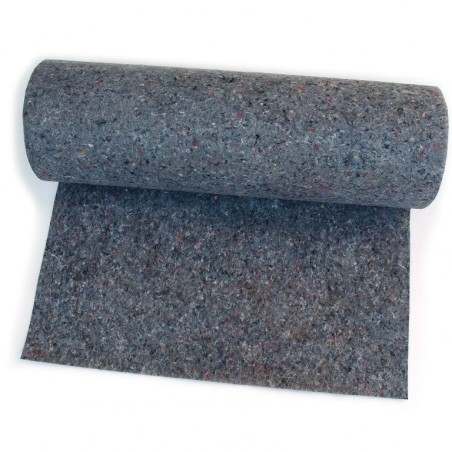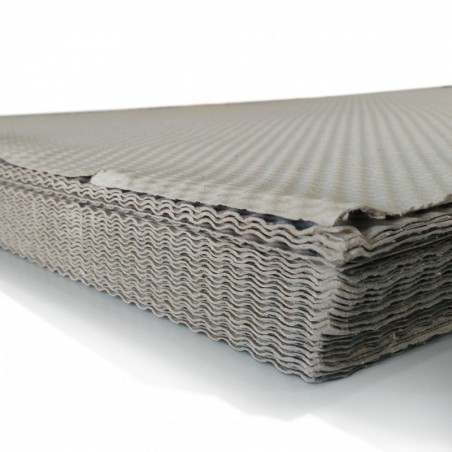Substantial progress has been made during the last 5 years to understand how we should feed sows more optimal around farrowing, and fiber in the diet seems to be beneficial for sow productivity for many reasons, and currently it is recommended to supply 500 to 600 grams of fiber to sows each day the last week prior to farrowing.
Colostrum intake by the piglets is crucial to ensure their survival, and feeding the sow to allow a high colostrum yield is a way to improve neonatal survival and concomitantly reduce the labour required. Up until now, the general belief was that colostrum was completely produced and available for suckling once the first piglet was born. In contrast to our previous belief, a new study carried out at Aarhus University, Denmark, revealed that lactose and fat in colostrum are indeed produced while it is being suckled, just like the milk during the established lactation (Feyera et al., 2019). Although the energy demand is less than what is required for milk production, our study revealed that at least 1.5 kg of feed is needed for that process in addition to the 2 kg required for maintenance. The fiber in the diet is generally reducing the concentration of dietary energy, but it may improve the colostrum intake by the piglets and colostrum yield of sows if being fed to gestating sows (Theil et al., 2014) as shown in Figure 1. The mode of action of the fiber seems to involve a greater build-up of fat in the mammary gland fat pad, which is a pre-requisite for growth of mammary parenchymal tissue (the milk producing epithelium). Beneficial effects have been observed when fiber from sugar beet pulp or pectin residue has been included in the diets but for unknown reasons, fiber from potato pulp did not stimulate colostrum production, even though the solubility of the fiber is as high as for the sugar beet pulp.


The farrowing process is important for piglet survival, and adequate energy supply to sows is crucial to reduce the farrowing length and stillborn piglets (Feyera et al., 2018), which is shown in Figure 2. Three daily meals are recommended to ensure that sows are not being depleted during the farrowing process, but adding fiber to the diet the last two weeks prior to parturition may reduce the frequency of stillborn piglets (Feyera et al., 2017) in herds where it is not possible to feed more than twice. The reason is that fiber is fermented in the hindgut and its fermentation ensures a more constant energy uptake from the gastrointestinal tract and it contributes to a more stable blood glucose level even though the sows are not able to eat while they farrow.

Constipation of sows is problematic, because feces in the colon may physically block the birth canal and prevent piglets from being born fast enough to stay alive. Interestingly, the fiber is also beneficial for this trait because they promote intestinal motility and prevent constipation. The latter is due to the water binding capacity of fiber (Zhou et al., 2018a), which increases the softness of the feces and minimizes the risk of constipation.
Health of sows around parturition seems also to be better for sows fed fiber although this is merely based on feedback from farmers than based on scientific evidence. Reduced need for farrowing assistance when feeding fiber to sows may help to explain how sow´s health may be improved because giving farrowing assistance is always associated with increased risk of infection. Fiber characteristics differ depending on which feed ingredients they originate from. A commonly used fiber source for sows is sugar beet pulp, which is highly fermentable in sows. Fiber fermentability is an important characteristic of fiber sources especially in order to reduce farrowing length and stillborn piglets. Adding enzymes that are able to degrade non-starch polysaccharides may be a way to improve the energy digestibility of the diet (Zhou et al., 2018b) and concomitantly allow a more coarse diet, which is central in order to avoid stomach ulcers.
Feeding sows optimally around farrowing is a matter of understanding the energy requirement of sows and supplying sufficient amount of energy to allow colostrum production and a fast farrowing. However, feeding sows ad libitum seems not to be the solution, because this may increase the gut fill in the hindgut and physically prevent the piglets from being born. At present, we recommend feeding 500 to 600 grams of dietary fiber to sows each day the last week prior to farrowing. This could be done by feeding sows with 3.2 kg of a standard sow diet with equal amounts of barley and wheat and adding 2% sugar beet pulp from the day sows enter the farrowing unit until they farrow. The fiber, for instance sugar beet pulp, may be supplied as a top dressing, because it is not necessary to supply fiber more than once each day. Currently we are carrying out a dose-response trial to better understand, the optimal level of dietary fiber fed to sows prior to parturition.
Currently, it is unknown how much energy sows spent on nest building immediately prior to farrowing, but it is clear that understanding the energy requirement of sows at farrowing is highly important to avoid excessive piglet mortality. Our studies have revealed that sows at farrowing may have their energy depleted and that the feeding curves recommended in old days (complete or severe feed restriction) seems not to be adequate as it may compromise farrowing duration, stillbirth rate and colostrum production.







